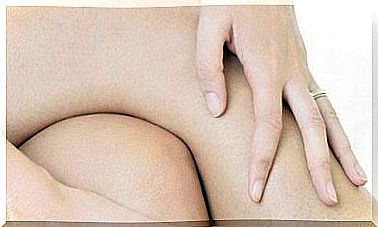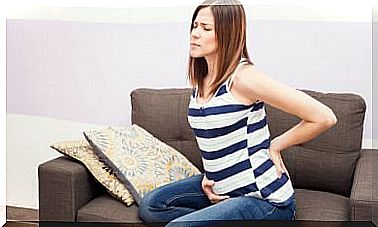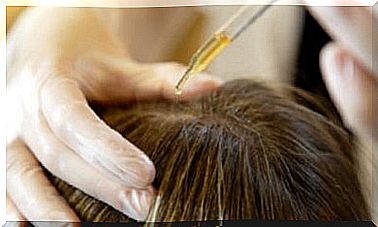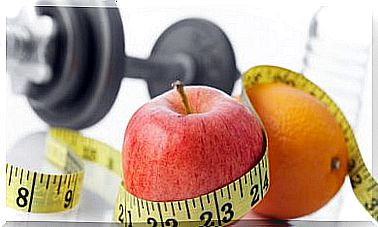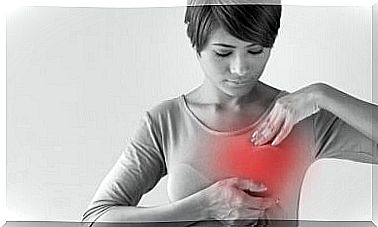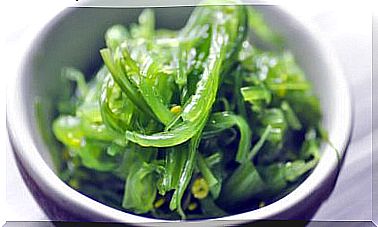How To Avoid Cramps
Dehydration, not having optimal physical conditions or being overweight can be factors for suffering cramps. Those that are suffered while sleeping are due to an alteration in the blood supply of the muscles.
Known in popular belief as cramp, this is the common name for a muscle spasm. They usually occur in any muscle in the body, but they often occur in the legs, usually only one at a time.
When a muscle is in spasm, it means that it is contracted and out of control, therefore it cannot relax. Muscle spasms often occur when a muscle is overloaded or injured, and factors that could cause them include dehydration or low potassium levels, for example.
Some people look for alternatives to avoid cramps. Those who have had it may say that it is a bit annoying and causes an unpleasant sensation, both in the muscle that has it and throughout the body.
This pain sensation is caused by involuntary spasm in any muscle. It is believed that it is not something to worry about because it usually appears after some great physical effort, such as after finishing a training session at the gym or running a few kilometers, but then it tends to disappear.
The cramps
According to this study published in the journal of the Spanish Society of General Physicians (SEMG), cramps consist of muscle contractions of a muscle or a muscle group. They are usually painful, involuntary, and localized. They are usually seconds to minutes in length and on average tend to disappear with passive stretching exercises or spontaneously.
While any muscle can cramp, the groups most affected are: the quadriceps (front of the thigh); the hamstrings (back of the thigh) and the calves (calves). This is because there is an alteration in the blood supply to the muscles. If we go to bed right after eating, for example, the blood will go to the digestive system (especially the stomach) and not to the other muscles.
Why do we suffer from them?
The causes of cramps can be various, from insufficient oxygenation of the muscles to the lack of mineral salts or fluids in the body. Also due to bad posture or prolonged effort, cold or sudden movements. Going to the gym and not stretching at the end of class is also a possible cause.
According to this information from Medline Plus , muscle spasms often occur when a muscle is overloaded or injured. Factors that could cause a muscle spasm can include: exercising when you haven’t had enough fluids or having low levels of minerals, such as potassium or calcium.
Some spasms occur due to the nerve that connects to a muscle being irritated. An example is a herniated disc that irritates the spinal nerves and causes pain and spasm in the back muscles.
Calf spasms commonly occur when kicking during swimming, running, or during a cycling session where the muscle has not been warmed up with localized stretching. They can also occur at night while lying in bed or while sleeping.
Upper leg spasms are more common with activities like running or jumping, and there is also a chance of getting them if you don’t do a proper muscle warm-up prior to exercise. On the other hand, spasm in the neck (cervical spine) can be a sign of stress.
So it can be said that the most common causes could be:
- Cold.
- Inappropriate techniques in sport.
- The effort when lifting an object.
- Being out of shape or overweight.
- High temperatures when exercising.
- A problem with the blood supply to the muscles.
- Lack of stretching after movements.
- Not hydrating properly with two liters of water per day.
- Lack of electrolytes such as sodium due to an unbalanced diet.
Cramps and sports
In this study conducted at the University of Buenos Aires, it is explained that exercise-associated muscle cramps (ASEM) are defined as the painful, spasmodic, and involuntary contraction of skeletal muscle that occurs during or immediately after exercise. Likewise, it states that at a general level the causes have been:
- Extreme environmental conditions.
- Electrolyte concentration disorders.
- Fluid balance disorders (dehydration).
- Hereditary disorders of substrate metabolism.
Tips to avoid cramps
Cramps are usually harmless and generally do not require any treatment. Some doctors and sports specialists say there are no ways to prevent them.
The closest suggestions to avoid them would be: avoid exercising right after eating and doing a good stretching routine before and after exercising or sports. This information can be consulted in this study carried out at the European University of Madrid.
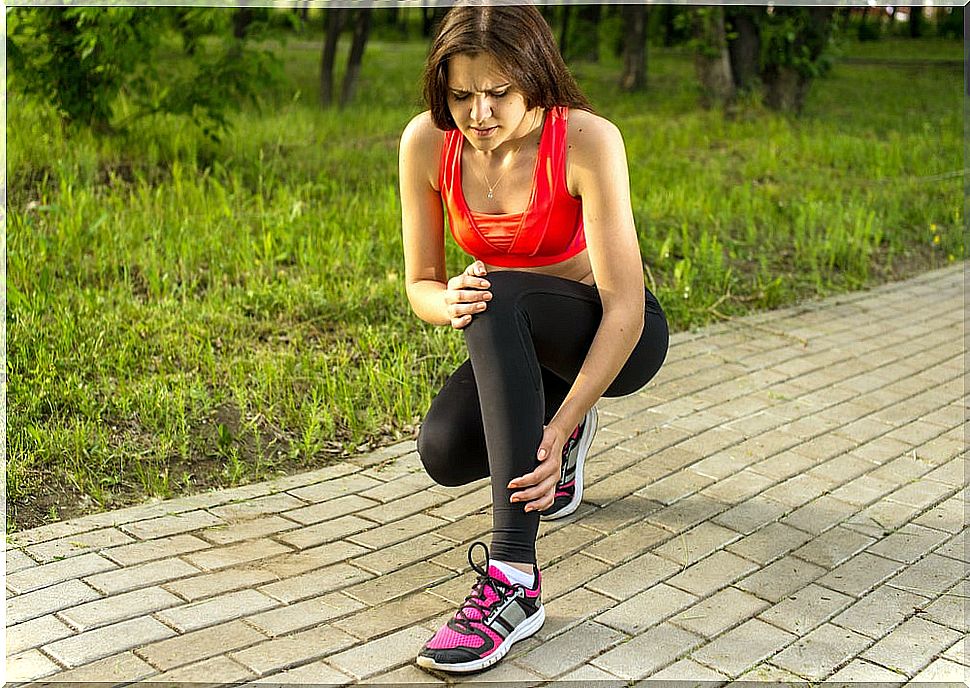
However, popular wisdom believes that some alternatives can be followed to avoid cramps. Therefore, it is explained that when you have a muscle spasm or cramp, the following tips can be taken into account:
- Stop doing the movement or exercise you are running when you feel the cramp.
- Gently stretch the muscle to reduce the pressure being placed on it and hold that position for as long as necessary until the cramp subsides or subsides.
- If the spasm occurs in the calf, it is suggested to place a hand on that muscle and rise little by little while applying pressure with the fingers until reaching the knee.
- If it occurs in the quadriceps, stand upright, lift the ankle up to the buttocks, and move the heel and top of the foot to stretch the muscle.
- In the case of the hamstrings, it is recommended to sit down and straighten the leg. Keep it without bending the knee and try to lean forward to touch the foot. Then gently massage the muscle.
- Walk a bit at a slow pace while taking a deep breath.
- Drink water or drinks with mineral salts to be able to recover the electrolytes or lost fluid.
- Put some ice in the area, especially if there is a lot of pain. Do not forget to wrap in a towel or cloth so as not to burn the skin. It can be progressively stretched to help relax the muscle.
Home remedies to avoid cramps?
According to this information from the Mayo Clinic, muscle cramps can usually be treated with self-care measures. Your doctor can teach stretching exercises that help reduce your chances of muscle cramps.
It’s also helpful to make sure you stay well hydrated, especially during exercise. If you have recurring muscle spasms that disrupt your sleep, then your doctor may prescribe medicine to relax your muscles.
Conventional wisdom tends to speak of some alternatives that include creams, ointments, or applying heat and cold to the muscle affected by the cramp. However, it is suggested to stop doing the physical activity you are running and apply tension to the muscle as the first option. In case of continuing with the spasms in a very recurrent way, it is advisable to go to a specialist who can evaluate and give an objective and professional opinion.
Some alternatives
The alternatives presented below are drawn from the knowledge of popular wisdom. That is, until now, there is no scientific evidence to support the application and use of these alternatives. It is considered that being the common cramps among people, then these knowledge have been transmitted over time.
Some alternatives are:
- Wrapping the affected area with an elastic bandage is believed to help stop the cramping sensation faster. It is suggested not to place it too tight.
- Applying rosemary, eucalyptus, pine, or thyme oil to the affected area can help reduce cramping due to the heat generated by the oils. These may help relax the affected muscle.
- Apply a cloth soaked in apple cider vinegar and arnica infusion to the area for 5 minutes. Remove and replace it if necessary. This is believed to help activate circulation.
- Pour 1 tablespoon of cumin seeds in half a liter of water and leave to marinate for 1 hour. Soak in a cloth and apply with moderate friction to the affected area.
Final note
When you have a muscle spasm, it is first suggested to stop exercising, if that is the case. Next, stretch the muscle by applying tension and try to maintain a posture that helps with the constant flow of blood to it. In general, standing is recommended for the arms and hands, and for the legs, lying down and applying tension to the involved muscle is suggested.
To avoid frequent cramps, it is suggested to do stretching before and after exercising and those who tend to run or jog are recommended to walk at the end of the session and do breathing exercises that help with the flow of blood to the muscles and also the brain. In this way, an optimal level of muscle oxygenation could be maintained.
Finally, if the cramps tend to be very recurrent at night and affect the quality of sleep, then you should go to a specialist as soon as possible. This could offer a more accurate diagnosis and also recommend some exercises. If necessary, he may prescribe some oral or topical treatment.

